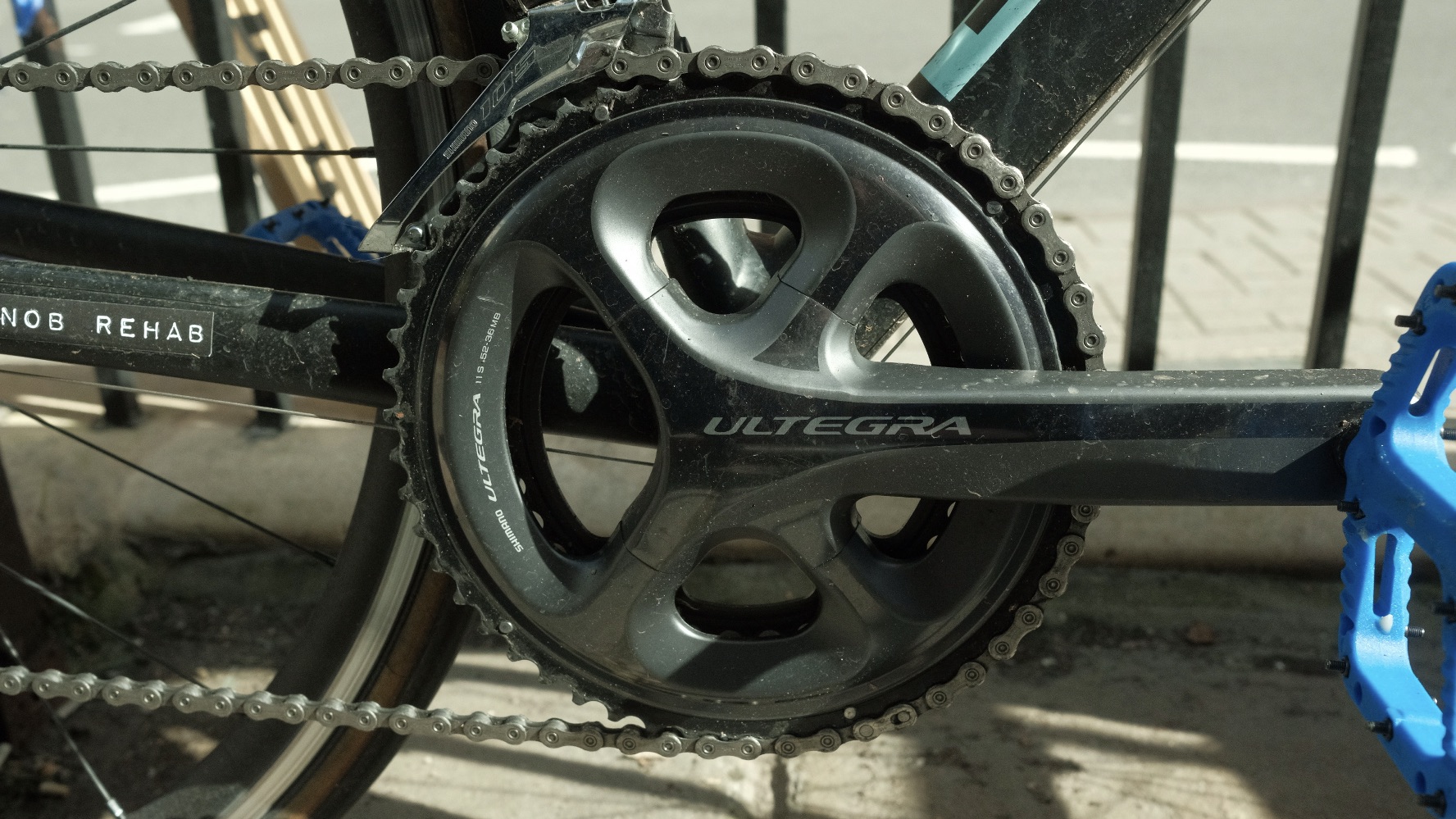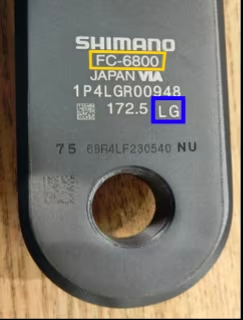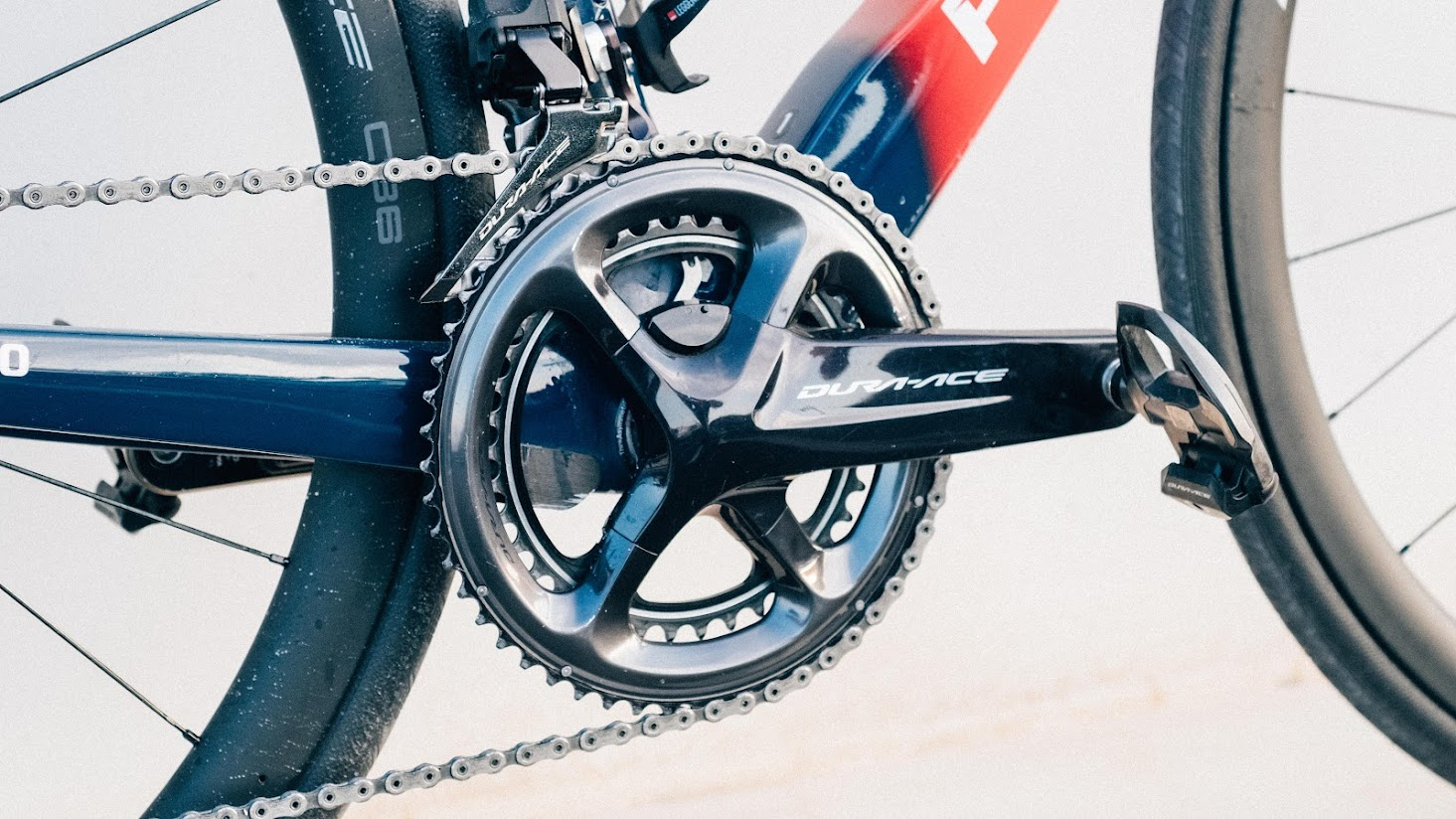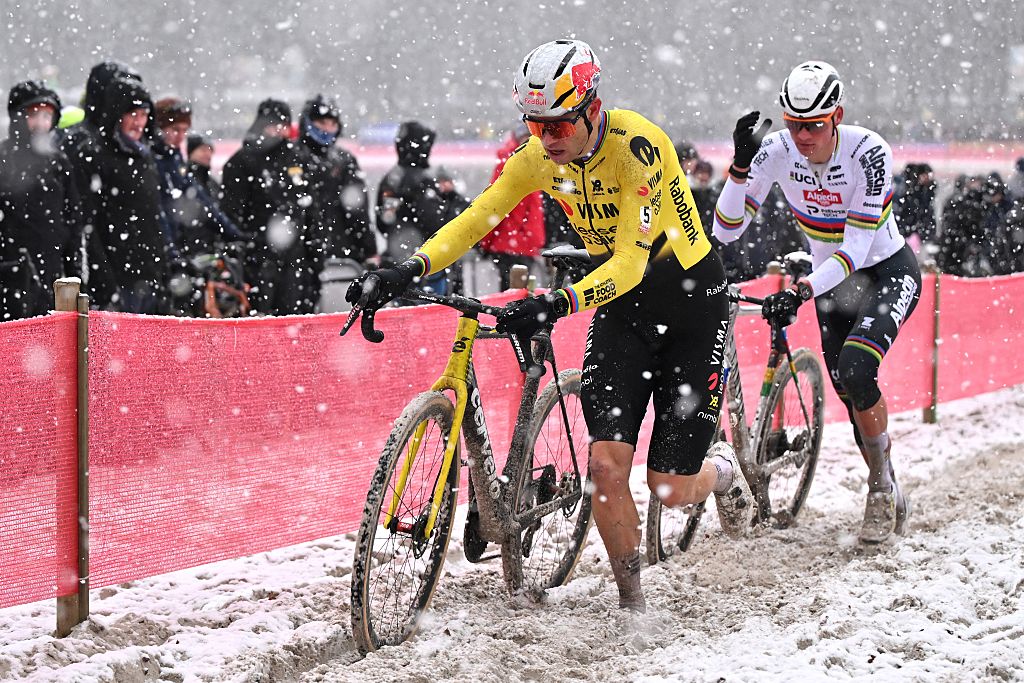Shimano global crankset recall: Everything we know
Who’s affected, what to do, our industry expectations and more

A range of Shimano chainsets were subject to a recall
(Image credit: Will Jones)Here at Cyclingnews we publish a good number of recall notices. For the most part they usually cover a small number of products, and usually in a specific market. The Shimano crank recall though is substantially bigger than the norm, both in terms of the number of affected products (2.8 million) and the geographic spread: although the recall was initially a North American issue, it’s now a global one.
Given the scope we thought it prudent to create a hub page detailing the affected products, what to do, how to check, any guidance from Shimano and local consumer safety bodies (in case this changes with time) and some more wide ranging insights into how this affects the industry as a whole.
We will of course update this page as and when relevant information comes to light in the coming days and weeks.
Which products are affected?
At the time of writing, affected cranks are the following models with the following product codes:
- 11-speed Ultegra FC-6800
- 11-speed Ultegra FC-R8000
- 11-speed Dura-Ace FC-9000
- 11-speed Dura-Ace FC-R9100
- 11-Speed Dura-Ace FC-R9100P (this is the power meter variant)
This also includes any third party power meter cranks (Stages, Pioneer, 4iiii). Affected manufacturing codes are:
KF, KG, KH, KI, KJ, KK, KL, LA, LB, LC, LD, LE, LF, LG, LH, LI, LJ, LK, LL, MA, MB, MC, MD, ME, MF, MG, MH, MI, MJ, MK, ML, NA, NB, NC, ND, NE, NF, NG, NH, NI, NJ, NK, NL, OA, OB, OC, OD, OE, OF, OG, OH, OI, OJ, OK, OL, PA, PB, PC, PD, PE, PF, PG, PH, PI, PJ, PK, PL, QA, QB, QC, QD, QE, QF, QG, QH, QI, QJ, QK, QL, RA, RB, RC, RD, RE, and RF.
Despite their similar appearance, Shimano's 105 chainsets are not affected by the recall, due to a cold-forged manufacturing process. Likewise, no 10-speed or 12-speed components are affected either.
The latest race content, interviews, features, reviews and expert buying guides, direct to your inbox!
How to check your cranks
On the inside of each crank arm, at the end near the pedal axle there is printed a product code. You want to look first for the crank series number, which sits below the Shimano logo. If it matches any of the product codes (eg “FC-6800”) then you need to check the two letter code at the bottom right, after the crank length notation. If it’s any of the two letter options shown above then your cranks are affected.

If you're unsure how to check your cranks, there is a useful video from Shimano (below) as well as a number of telephone helplines:
- International: +31792077017
- The Netherlands: +31792077018
- United Kingdom: +441174094110
- Germany: +4923129295084
- Belgium: +3233187827
- Spain: +34936096836
- France: +33173071925
What to do if your cranks are affected
If your cranks are affected (mine are, as it happens) then you are advised to take your bicycle (or just the cranks, if you’re happy removing them) to an approved Shimano dealer or retailer for inspection. In reality this means basically any decent bike shop.
Your cranks will then be inspected for any possible signs of delamination at the bond and if they are deemed unsafe or at risk then they will be replaced. Not every affected crankset will need to be replaced, but if yours is deemed necessary to replace, the immediacy of the replacement however is unknown, as this may well be stock dependant, and given the scale of the number of affected cranks there’s every chance there may be a wait.
In the context of the market as a whole it is also worth noting that Shimano has struggled to get stock where it is needed post-pandemic, both to customers and to manufacturers fitting 12-speed Shimano groupsets to new bikes. There's every chance that, if Shimano are rightly prioritising this recall, that it may cause delays to orders of new bikes. We will certainly be keeping an eye on this.
It’s also worth noting that Shimano hasn’t issued an official stop-ride notice, but the CPSC (the Consumer Product Safety Commision in the USA) has advised users to stop riding potentially affected products immediately.
What are my replacement options?
From what Cyclingnews understands, any cranks deemed in need of replacing will be swapped out for a more up to date crank arm. In essence this means your faulty 11-speed crank arms will be swapped for a 12-speed arm (made with newer techniques), onto which 11-speed chainrings will be fitted. This may result in some cosmetic mismatching, but it’s worth noting that we have seen WorldTour pros using 12-speed crank arms with 11-speed chainrings and vice versa.
It is worth noting that if you have an affected third party power meter crank these will be replaced with a non-power option. Shimano says it will also provide a “a rebate in the form of a check”, that customers can put towards a new power meter, but for now it’s unclear what the monetary value of this will be.
Power meter brand 4iiii issues a statement
One of those third-party power meter brands affected, 4iiii, has issued a statement in response:
"4iiii is aware of the recall and is working closely with Shimano to keep their riders safe and their cycling uninterrupted. If any 4iiii users are impacted by this recall, 4iiii is ready to replace their current crank-based power meters by either performing a factory install on their replacement cranks shipped from Shimano or, if a quicker solution is needed, directly sending a comparable factory second power meter from 4iiii's PRECISION 3+ NDS or PRECISION PRO Dual models.
"4iiii is updating their website to directly handle these inquiries, so everyone impacted in the 4iiii community can keep the pedals turning. While only a small fraction of 4iiii's riders should be impacted by this, it’s critical for 4iiii to keep them safe and get them back in the saddle as quickly and conveniently as possible."

How do affected Shimano cranks break?
Unlike other manufacturers (SRAM and Campagnolo, plus some others) that swapped to carbon fibre for their high end cranksets, Shimano continued to use alloy. The affected cranksets, as well as others in the Shimano catalogue, are made of two separate parts which are then bonded together. If you look at the rear side of a set of Ultegra cranks for example you’ll see a thin line along the edge; this is the bond line.
In simple terms, the cranks can break along this bond line, with the front and rear of the cranks separating from each other either partially or totally.
How many cranks are likely to be affected?
Speaking to Cyclingnews, a Shimano spokesperson explained that the incidence rate is "less than 1%." An exact number nor percentage has been provided.
How has Shimano been affected?
Surprisingly, (though it must be made clear this isn’t the Financial Times - we are bicycle analysts, not financial ones) Shimano’s share price doesn’t seem to have taken as much of a hit as we’d have expected, especially when viewed in the context of industry trends as a whole. In fact, at the time of writing its share price has rebounded by 1.4%, after taking a hit of around 4% when the news broke on Thursday.
While certainly not ideal for the componentry goliath, especially considering the news took it to its lowest price in the last year, it had been on a downward trend anyway and over longer timeframes the recall appears to be a negative blip rather than a catastrophe.
In the first half of 2023 the brand reported a drop in profits of 40%, which certainly fits into the wider industry downturn, with similarly gloomy news of layoffs and poor form from the likes of Wahoo, Zwift, Specialized and many more.
Rarely is manufacturing ever perfect, and products do fail (that’s why warranties exist). Considering the scale of Shimano's business (across its entire range beyond just the high-end road chainsets), this inspection - and any subsequent replacements - will likely be a drop in the ocean on its balance sheet.
The Shimano vs SRAM question
At the start of the year it seemed like Shimano had more or less a stranglehold on the upper echelons of road cycling, if you take the WorldTour teams - and success - as anything to go by. Now though, with this news and a year in which Jumbo-Visma won all three Grand Tours on SRAM groupsets, alongside Demi Vollering winning the Tour de France Femmes and Annemiek van Vleuten winning the Giro d'Italia Donne and La Vuelta Femenina, again using SRAM, is this a turning of the tide?
It does seem that SRAM had more or less given up euro-centric team sponsorship, focussing instead on North America, and particularly gravel and MTB where it has a much more dominant position. Will we see this shift in the coming year? It’s hard to say, but it’s not beyond the realms of possibility that the American firm will try to capitalise. The timing of SRAM's latest Instagram campaign was also notable, even if coincidental.
As mentioned above, there's also a chance that this recall will cause knock-on delays to new bike orders, depending on the scale and quantity of products requiring replacement.
Why now?
This is perhaps the most perplexing part of the whole recall story. This crank failure mechanism isn’t a new issue. It’s been reported in various cycling media outlets as far back as far back as 2020, and there’s even an Instagram page (@thanksshimano) that’s collated countless incidences of this failure as far back as 2018. So why has it taken Shimano until now to issue a recall?
In short, this is something that we don't know. Rest assured, we have reached out to Shimano for clarity and as promised above, this info hub will be updated with information as we get it.
Officially it was a recall in partnership with the CPSC, North American recalls often are, as brands work together with the Commission to formulate a plan that helps ensure consumer safety. Whether the decision to recall the products was led by Shimano or the CPSC itself is yet to be confirmed. Regardless, given the products affected are globally distributed, it is possible that once the CPSC recall was in progress, Shimano felt that not going global was impossible.
Further information and recall instructions can also be found on Shimano's website.

Will joined the Cyclingnews team as a reviews writer in 2022, having previously written for Cyclist, BikeRadar and Advntr. He’s tried his hand at most cycling disciplines, from the standard mix of road, gravel, and mountain bike, to the more unusual like bike polo and tracklocross. He’s made his own bike frames, covered tech news from the biggest races on the planet, and published countless premium galleries thanks to his excellent photographic eye. Also, given he doesn’t ever ride indoors he’s become a real expert on foul-weather riding gear. His collection of bikes is a real smorgasbord, with everything from vintage-style steel tourers through to superlight flat bar hill climb machines.
